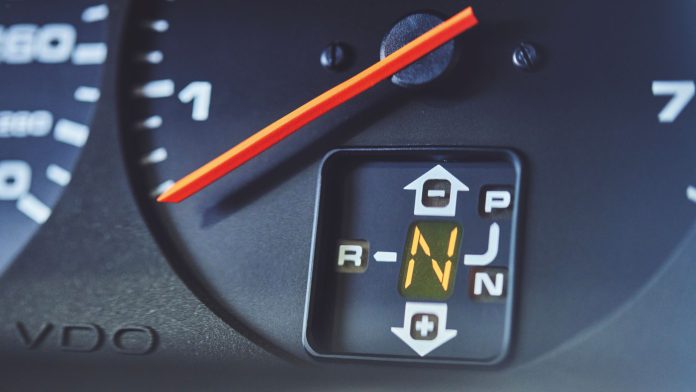Porsche’s PDK dual-clutch automatic transmission has become a staple in the automaker’s lineup, displacing manual transmissions, but also providing quicker shifts and thus quicker lap times. The man responsible for it all is an engineer named Rainer Wüst.
As recounted in a Porsche press release, Wüst joined the automaker in 1971 as a transmission test engineer. About 10 years later, he was put in charge of the initial PDK development program.
“The idea was to combine the best of two worlds,” Wüst said in a statement, “the advantages in the degree of efficiency of a manual transmission and the potential for performance of full automation.”
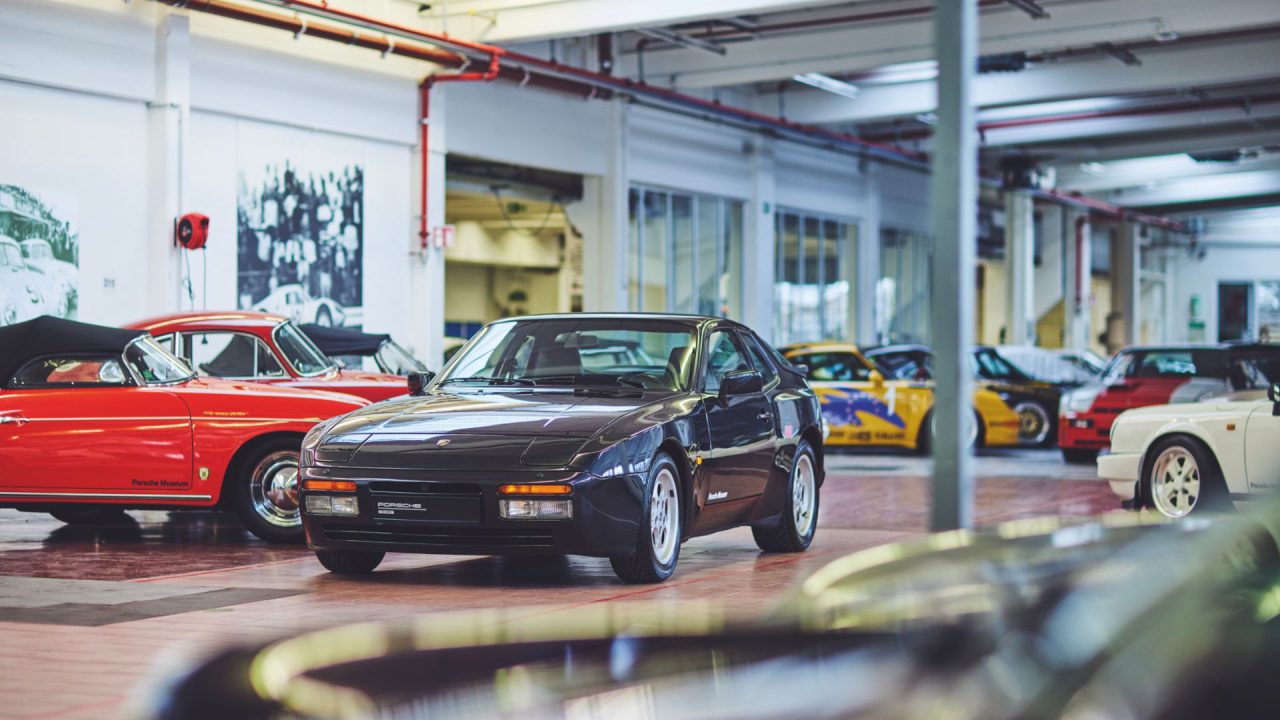
The idea of a dual-clutch transmission actually went back even further, though. Engineer Imre Szodfridt built a prototype in the 1960s, which Wüst and his engineering team dusted off and used as a starting point.
“We got the Szodfridt transmission from storage and worked with pneumatic valves, which we converted to work hydraulically,” he said. Based on that work, they developed a prototype that was installed in a Porsche 944 Turbo. But then-development boss Helmuth Bott also wanted to test the new transmission in a racing environment, so it was also used in the Porsche 956 and 962, which were dominating sports-car racing at the time.
The addition of paddle shifters, a tweak Wüst attributes to racing driver Hans-Joachim Stuck, meant drivers didn’t have to take their hands off the wheel to shift. The PDK gearbox also made left-foot braking easier, meaning drivers could keep the 956/962’s turbocharger spooled up at all times. However, shifts were very rough, which put a lot of stress on the transmission. It also ruled out road-car use for the time being.
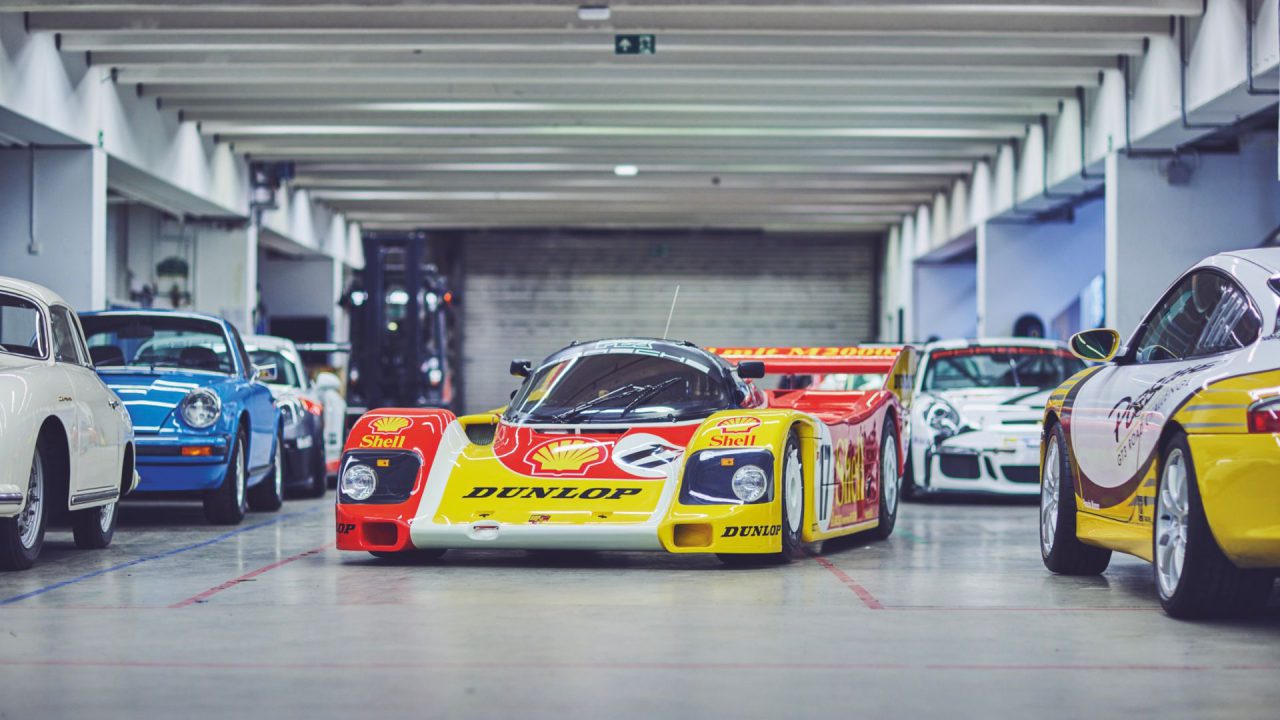
On the track, though, Stuck and Derek Bell won the 1986 World Sports-Prototype Championship race at Monza in a PDK-equipped 962 C. Prior to that, Walter Röhrl won the Semperit Rally in late 1985 driving a PDK-equipped Audi Sport Quattro S1. Despite these racing successes, though, 1980s technology wasn’t sufficiently advanced for the PDK to work in series-produced road cars.
“We were at least 20 years ahead of our time,” Wüst said. Components like valves and electronics weren’t where they needed to be for series production, and Porsche lacked the technology to develop a wet clutch that would have enabled smoother shifts, he noted.
That would eventually change, of course. After two decades of technological advancement, Porsche introduced its modern PDK transmission as an option in the 911 in 2008—and it hasn’t looked back.
HIGH-RES GALLERY: Porsche PDK engineer Rainer Wüst
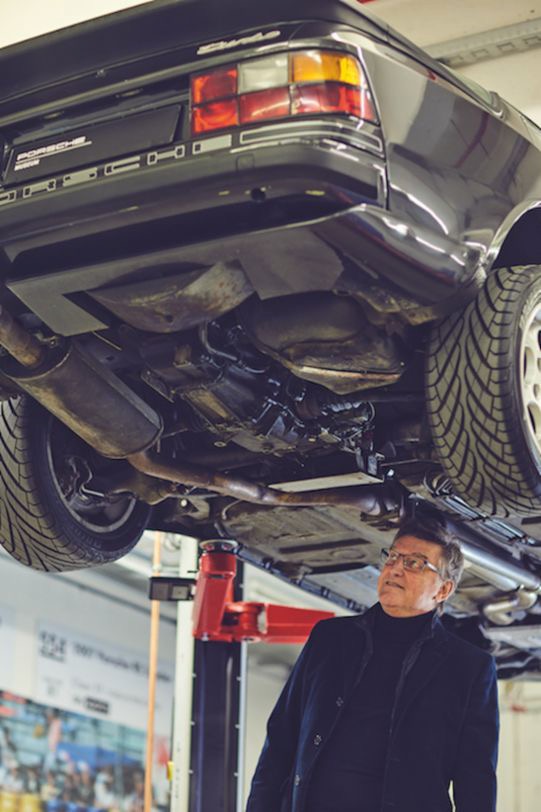

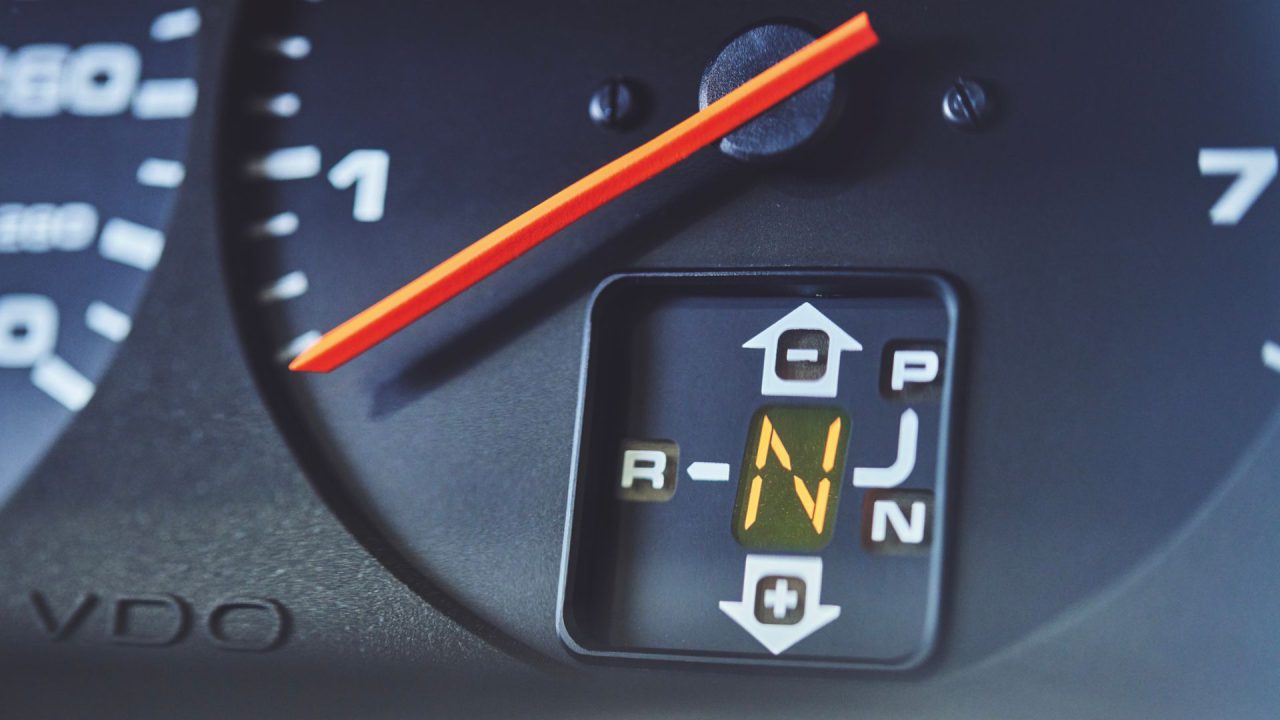
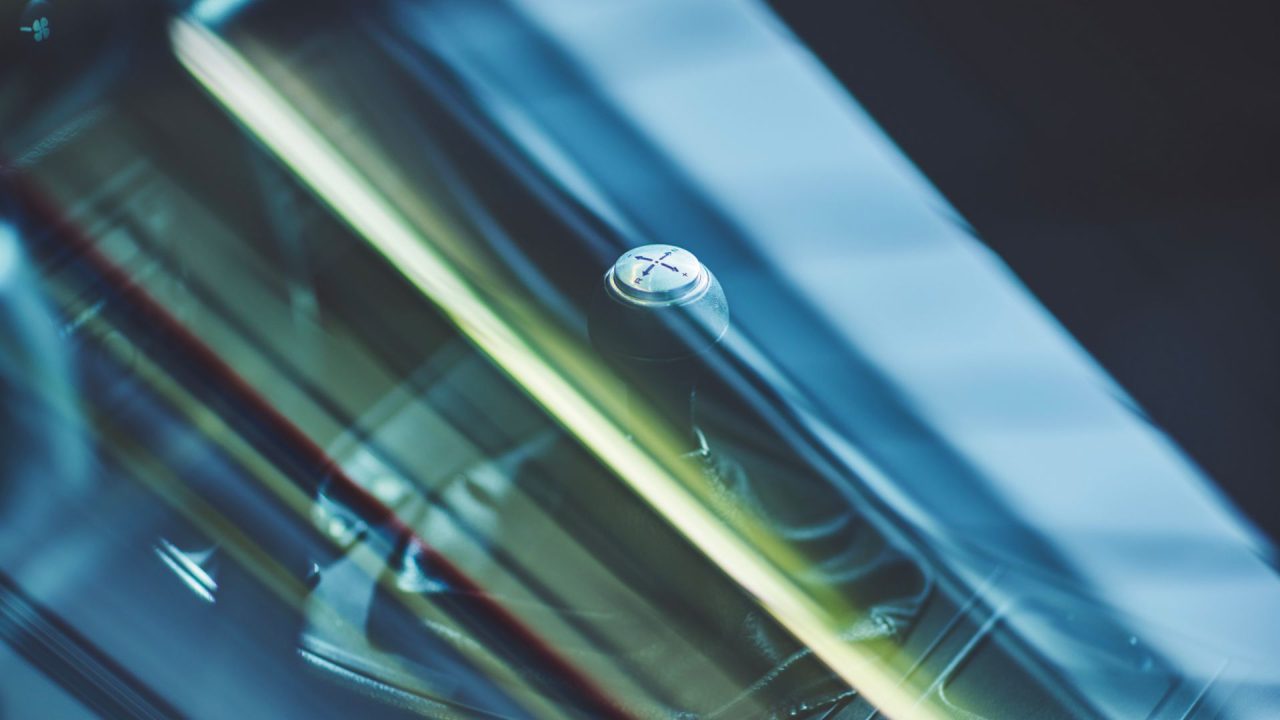
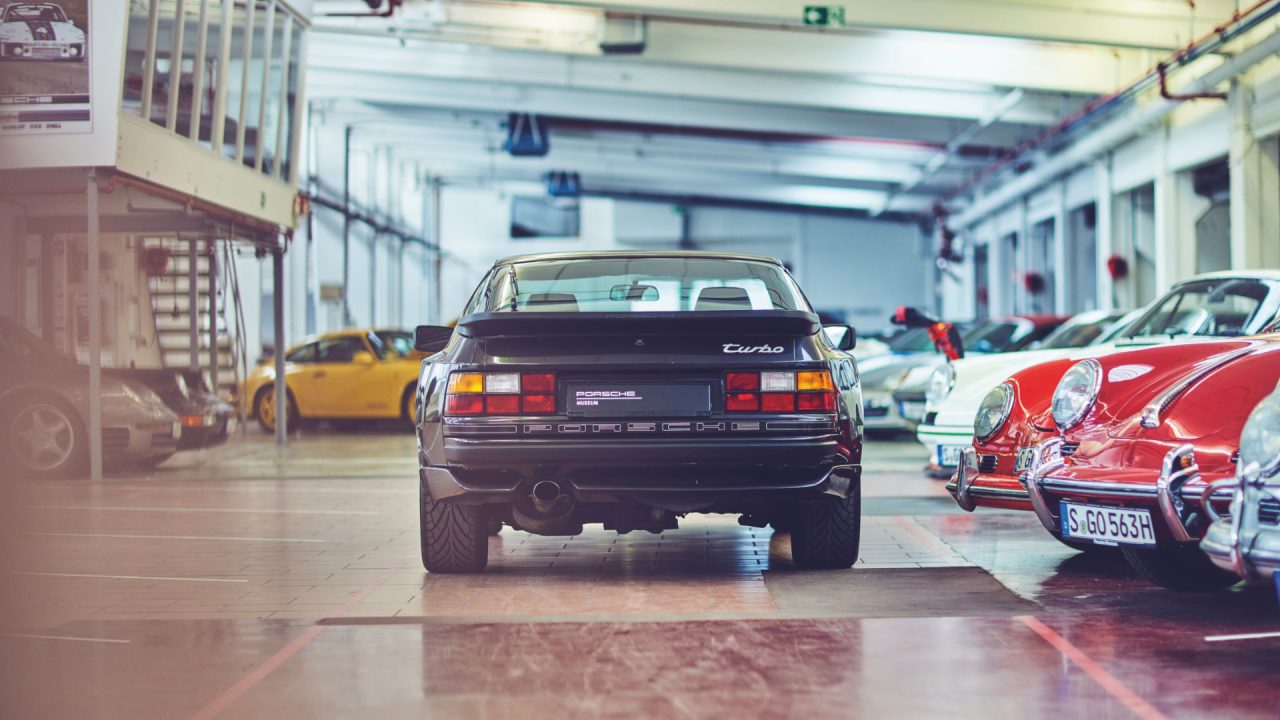
This article was originally published by Motor Authority, an editorial partner of ClassicCars.com.



